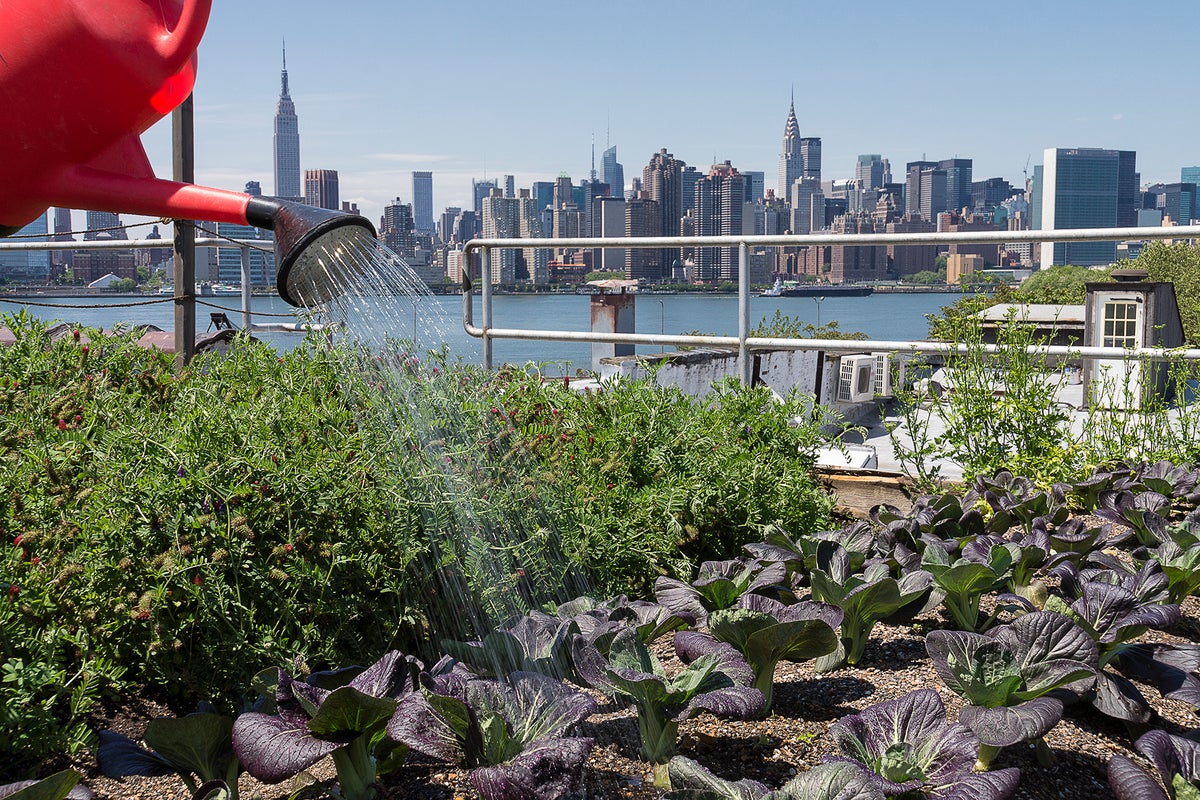More About City Blooming
Some Ideas on City Blooming You Need To Know
Table of ContentsThe City Blooming IdeasIndicators on City Blooming You Should KnowThe Ultimate Guide To City BloomingThe smart Trick of City Blooming That Nobody is Talking AboutAll About City Blooming
Fascinated in expanding food up for sale in the City of Chicago? Considering beginning an area yard? Modifications to the Chicago Zoning Statute permit farming uses like community yards and metropolitan farms in lots of components of the city. Below is a checklist of frequently asked questions concerning the policies and laws that growers should consider when planning a city agriculture project.
The zoning modification does not change any type of various other codes taking care of composting, building licenses, buying or leasing City had residential property, business licenses or ecological contamination. There are existing codes that control these problems and they continue to be completely result and might apply to your project. Area gardens are generally had or taken care of by public entities, civic companies or community-based organizations and maintained by volunteers.
Urban farms expand food that is intended to be marketed, either on a nonprofit or for-profit basis. Because of their industrial function, city ranches require a service permit. Yes. An area yard is permitted to market excess produce that was grown on site if the sales are accessory or subservient to the garden's primary function defined above.
The Ultimate Guide To City Blooming
The amount of compost product can not go beyond 25 cubic backyards at any type of given time according to the criteria in 7-28-715 of the City's Municipal Code. Since the dirt at a lot of new yard sites requires changing, garden compost, soil, timber chips, or various other materials can be acquired to create or enhance the growing room.

If a structure authorization is called for then the hoophouse will certainly be taken into consideration an accessory building. You can learn even more concerning the building permit requirements by getting in touch with the Department of Buildings. The 25,000-square-foot dimension limitation is meant to stop a single area yard from controling a provided block or detracting from the block's existing property or industrial personality.
The limitation does not put on yards found in Public Open Area (POS) districts. Can there be greater than one neighborhood yard that is 25,000 square feet on a single block? Yes. The dimension limit applies to individual yards, not to individual blocks. No. Fence is not required, nonetheless, gardens that have huge vehicle parking areas might be required to mount secure fencing or other landscaping attributes.
Unknown Facts About City Blooming
B1 & B2 areas need that all business use activities be carried out inside. Is secure fencing required for city ranches? Fences might be needed, along with landscape design and screening, for particular parking locations and outdoor job or storage locations depending on area and the certain activity taking area.
Yes. Urban ranches call for structure authorizations and zoning authorizations prior to building. Other types of city evaluation may be required relying on details frameworks, tasks, dimension, landscape design, licensing, public health and stormwater monitoring problems. Most of these needs are recognized in the job style or permitting process, nevertheless, the candidate might be accountable to independently recognize details licenses or permits that may be called for.
Yes. The kind of license is established by what is occurring at the website. The Department of Company Matters and Consumer Defense can help identify the specific sort of company certificate that's needed. Yes. Off road car parking is needed for many business jobs in Chicago. The required number of garage is based on the number of employees dealing with site and not the square video of the growing room.
Fascination About City Blooming

Yes. A city ranch can sell compost material produced on website, however, the procedure needs to follow the policies in 7-28-715 of the Chicago Municipal Code. Yes. Aquaponic systems are permitted indoors on city farms in lots of zoning areas. A zoning review and structure license is required in order to install structures or systems and a company certificate is called for as defined over.
Up to 5 hives or swarms of honey might be maintained as an accessory use. Nevertheless, beekeepers need to register with the Illinois Department of Agriculture. For additional information about the proposed zoning modification you may call the Department of Housing and Economic Development, Bureau of Preparation and Zoning at 312.744.8563.
Farming in cities and metropolitan areas An urban ranch in Chicago. Urban farming describes various techniques of growing. https://www.tripadvisor.in/Profile/cityblooming, handling, and dispersing food in urban areas. The term also relates to the location tasks of pet husbandry, tank farming, beekeeping, and cultivation in an urban context. click for more Urban farming is identified from peri-urban agriculture, which takes place in rural locations at the side of suburbs.
The Main Principles Of City Blooming
, who seek to create social networks founded on a common ethos of nature and area holism. These networks can establish by means of formal institutional support, coming to be integrated right into neighborhood town preparation as a "transition community" motion for sustainable urban growth.
Some of the initial proof of urban agriculture comes from Mesopotamia.